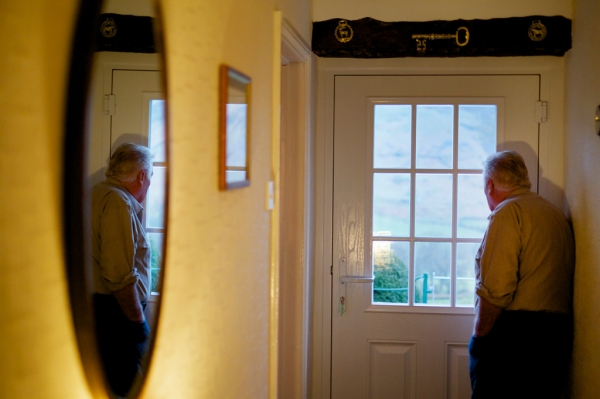
Lonely death, commonly referred to as ‘Godoksa’ in Korean, is a phenomenon where people living in solitude are found dead long after they actually passed away. Living in solitude cuts them off from the mainstream society that even when they pass away because they were so away from other people, their bodies are unattended to. First introduced in Japan, ‘Godoksa’ is now an issue Korea is having to deal with. With Korea having one of the world’s highest rates of elderly poverty and exponential increase in elderly single households, lonely death is turning into one of the major social problems.
Due to urbanization and civilization spreading individualistic values, the number of people living in solitude is continuously increasing. The difference between the situation in South Korea and that of Japan is that in South Korea, people in their 40s and 50s are a key age group in lonely death. However, even though the average age at which people are dying alone is being lowered ever more, it still remains that the main proportion of lonely death is still the elderly people.
Social problems heaped on with economic problems are pushing the elderly population into solitude. With the decrease of multi-generational households, elders are now forced to live alone and to be socially isolated. Often, the ties between the family and the elders, are severed or weakened. With decreased social contacts, the possibility of dying alone increased. Added to this problem is the economic problems. In the economic slump, people facing issues are avoiding seeking help from family, neighbors, and the authorities. Due to this aversion, they are even more secluded, compounding the problem even more.
The lonely death phenomenon, although in need of desperate solutions, is a fairly recent social problem. Because of its fairly newness, not many systems are in place to deal with it. Even the term, ‘Godoksa’ is ambiguous. The definition given at the start of this article, is a makeshift definition, not a legally acknowledged definition. Because it lacks a precise definition and what actually constitutes a lonely death, it is hard to get specific statistics. In South Korea, lonely death statistics are substituted as ‘unconnected death’, death without connections.
According to a study conducted by the Seoul Welfare Foundation, a government-linked organization, the ‘Seoul Godoksa Study’, 52% of lonely death occurred at low-rise or rental apartments, and 8% in ‘gosiwon’. As can be seen from the survey, most people living in solitude and in danger are hounded by economic difficulties, leading them to live at places with affordable housing. With that said, people are saying a government plan to provide monitoring and support for those living in such areas is needed.
Regulations made to deal with and prevent the lonely death phenomenon are pending and being passed by the National Assembly. Putting in place a precise and systematic method to deal with lonely deaths such as dividing the process of decomposition after death into five stages are also being considered. With continued efforts from the authorities and neighbors, it is hoped that nobody ever passes away in such a lonely manner.


